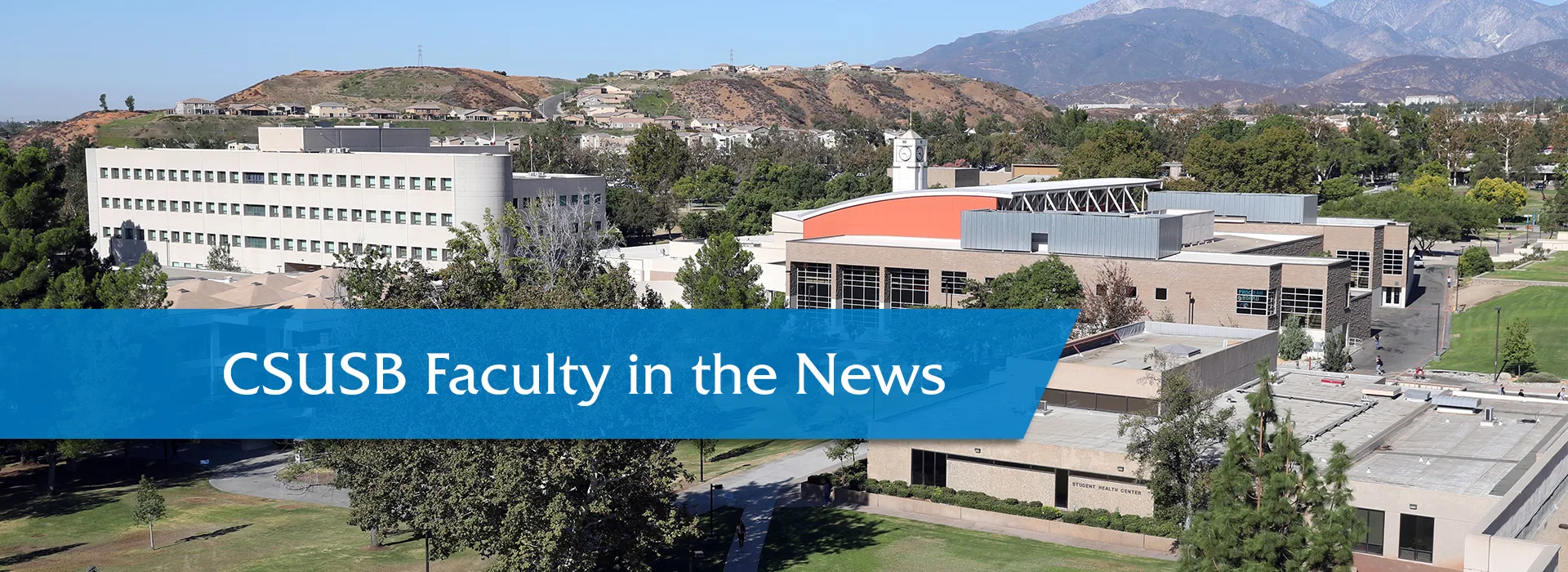
NOTE: Faculty, if you are interviewed and quoted by news media, or if your work has been cited, and you have an online link to the article or video, please let us know. Contact us at news@csusb.edu.
CSUSB history professor discusses contributions of Irish American Union army unit’s role in the Civil WarConnecticut MagazineFeb. 19, 2018
An article about the 9th Regiment Connecticut Volunteers, Irish American soldiers who fought for the Union during the Civil War, included an interview with Ryan Keating, an assistant professor of history at California State University at San Bernardino. The article focused John Curtis, a soldier in the regiment who participated in its work to dig a canal on the Mississippi River and later in a battle at Union-controlled Baton Rouge, La.
At the time, Irish immigrants “were not initially met with open arms,” according to the article’s author, Erik Ofgang.
Keating has written two history books about the 9th Regiment Connecticut Volunteers, “The Greatest Trials I Ever Had” and “Shades of Green.” He says that working on the canal near Vicksburg, Miss., was hard on the men. “The casualty rates were exceptionally high,” he says. “And when you look at the mentality here in the 19th century, you see men grappling with non-heroic death on the battlefield.”
Curtis was awarded the Medal of Honor for the role he played in the battle at Baton Rogue, and the regiment distinguished itself there, as well.
Though, Keating notes, there were many more Medal of Honor recipients in the Civil War than other wars, Curtis’ actions and the performance of the 9th in the battle were a huge source of pride for the Irish back in Connecticut.
“The battle becomes their Fredericksburg or their Gettysburg,” he says. “For the Irish in Connecticut, this becomes the most important battle to proving their manhood and proving their capabilities as soldiers.”
Read the complete article at “The Fighting Irish: Revisiting the Civil War's 9th Regiment.”
These news clips and others may be found at “In the Headlines” on the Inside CSUSB website.